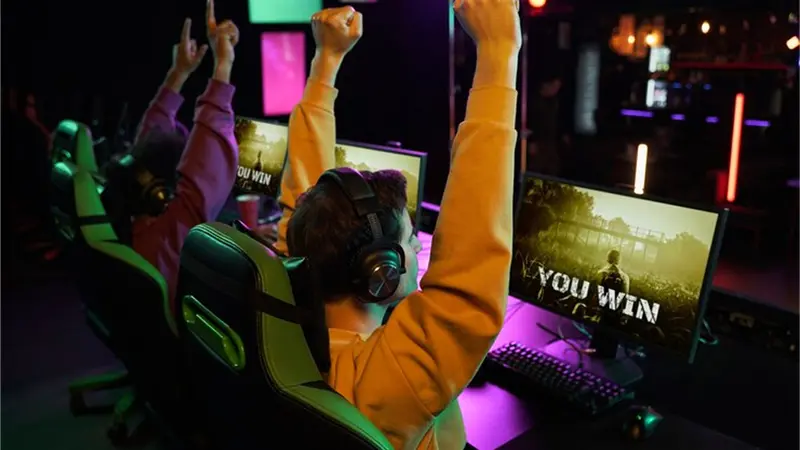
Game development software Unity has declared progressive updates and improvements with the new version, Unity 6, released in mid-October 2024, leaving the audience excited and curious about the real-time updates.
Like other industries, Unity 6 has many trends and innovations that will bring robust development in the gaming sphere, including game app developers, designers, and gaming enthusiasts. With Unity 6 freshly released in the game development market, creators will have more flexibility and power in every area needed to create games, from improved graphics to accurate multiplayer features.
Ahead in this post, we’ll be looking at some key trends and predictions about Unity 6, the predictions that correlate with them, and how the version of Unity will shape game development.
One of the most exciting and awaited new features in Unity 6 is its change to a unified render pipeline. Previous editions of Unity had different pipelines depending on the platforms the work was being done on and the High Definition Render Pipeline (HDRP).
Now, all that is unifying is a flexible system where developers can create assets and environments and scale more efficiently across all platforms.
This new version of Unity is expected to have a new animation system that will come out to be more powerful and perform flexibly on all major platforms. Let us understand with the example, previewing the animations without loading them to the scene and remapping animation data from one character to another.
This feature will aim to improve the workflow of technical artists, speeding up iterations while allowing control over animations.
The gaming industry is all set to integrate AI-based content, and with the release of Unity 6, Unity has improved its AI-powered tools significantly. One example is the Muse system, which enables Unity to help developers automatically generate assets and optimize the environment.
AI-driven behaviour for NPCs and procedural content generation will become more necessary in Unity 6. With machine learning models, you can create more responsive and intelligent NPCs that actively respond to what a player is doing in real-time. This most eagerly anticipated addition will result in more engaging and thrilling gameplay, which the players have never seen or imagined.
Though the multiplayer games market outshines, Unity 6 is built to meet this need with improved networking capabilities and scalable frameworks, so developers can make influential online games with seamless multiplayer experiences.
Unity has aimed to improve its complete suite of multiplayer services, which include matchmaking, server architecture, and real-time game data. These advancements eliminate lag and improve the general online experience, thus allowing indie developers and AAA studios to create dramatic multiplayer games.
AR, VR, and XR developments will only advance with time; thus, Unity 6 is well-placed as a developers’ toolbox for creating immersive applications. The engine features a developed AR/VR system, improving real-time rendering, spatial audio, and gameplay interaction in virtual reality.
These improvements are due to be exclusive support to XR from Unity so that developers in a Unity game development company can expand the frontiers of what is possible in the virtual environment.
One of Unity 6’s big new features is its support for WebGPU, a new web graphics API used to improve the performance of games running in the modern authentic browser.
According to Unity, this integration will expand web gaming’s reach and make high-quality, complex games available to play on web platforms. It’s a smart move for a growing cross-platform gaming trend, where the same game is enjoyed on multiple devices.
Unity 6 is focusing heavily on performance optimization, with several key enhancements to both the editor and runtime performance. The CoreCLR system has replaced the older Mono backend, and in this version, Unity has finally adopted it.
This change provides big performance gains, especially for script execution and resource management, making games run faster on even the most computationally taxing loads.
While Unity has long been a favourite among indie developers because of its ease of use and affordability, Unity 6 takes game development up a notch. It makes it more democratized because the tools developed are more powerful yet easier to use.
It improved asset management, streamlined workflows, and intuitive updates for the Unity editor, making small teams and solo developers’ jobs easy enough to develop high-quality, professional-looking games.
Unity 6 represents a giant leap forward in game development technology. It brings its unified rendering pipeline, advanced animation systems, AI-powered tools, and expanded multiplayer to the game development and playing experience, but this is not the end!
Whether you’re an indie dev looking to get into the scene or an established studio trying to advance the state of the art of interactive storytelling, Unity 6 is the tool and technology to build the next generation of gaming.
Subscribe to our newsletter and get top Tech, Gaming & Streaming latest news, updates and amazing offers delivered directly in your inbox.